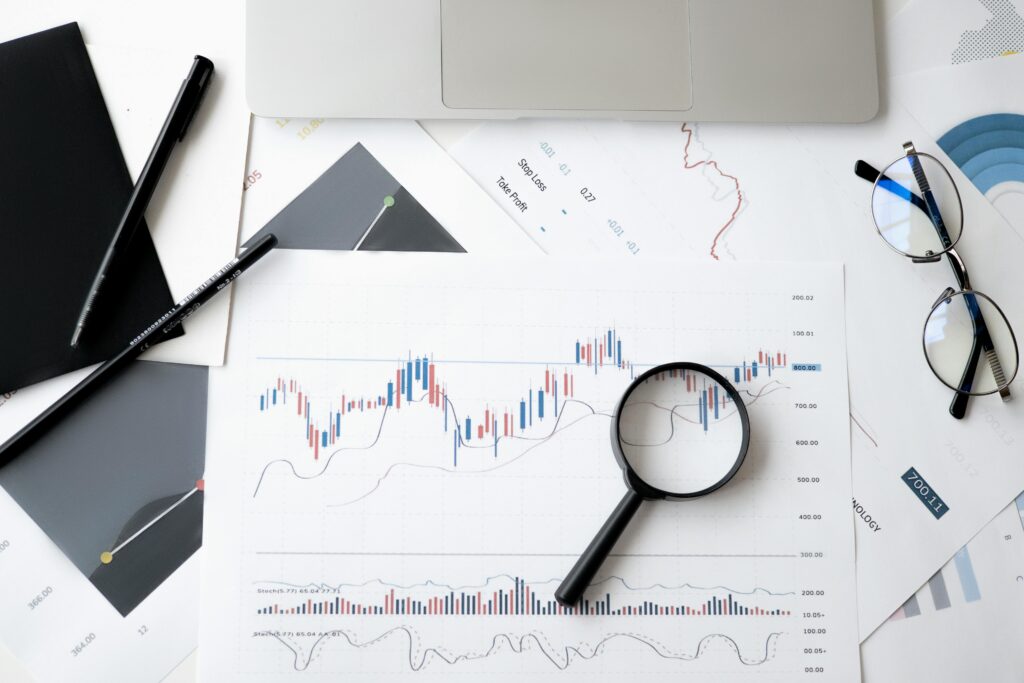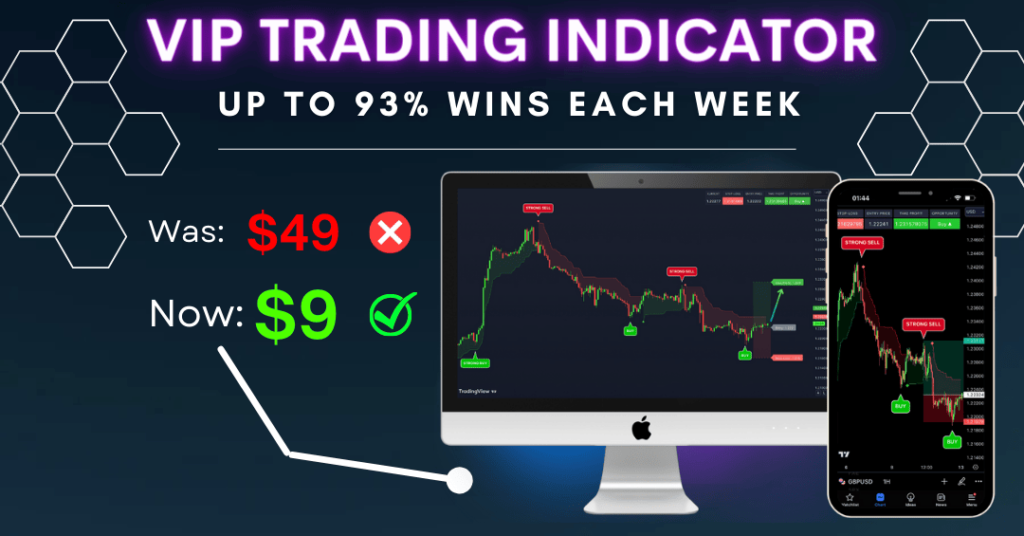
Trading successfully in today’s financial markets requires more than just luck. In 2024, with rapid changes in technology, global events, and market dynamics, conducting thorough research is essential for any trader looking to maximize their returns. Whether you’re trading stocks, cryptocurrencies, forex, or commodities, building a solid foundation through research can help you make informed decisions, manage risks, and stay ahead of market trends. Here’s how you can effectively research to trade successfully.
1. Understand Market Fundamentals
The first step to successful trading is understanding the market fundamentals of the assets you’re interested in. Each market operates differently, and knowing the driving factors behind price movements can give you a competitive edge.
Key Steps:
- Study Economic Indicators: For stocks, understanding how macroeconomic factors like interest rates, inflation, and employment reports impact market sentiment is essential. For example, rising inflation might lead central banks to increase interest rates, which could negatively impact stock prices.
- Sector-Specific Insights: If you’re trading in a particular sector like technology, healthcare, or energy, it’s crucial to stay updated on industry-specific news. For instance, tech stocks might be sensitive to developments in AI and cybersecurity in 2024, while energy stocks could react to oil price changes or advancements in renewable energy.
- Global Events: Keep an eye on geopolitical events, natural disasters, or pandemics. These can disrupt supply chains, lead to economic sanctions, or affect commodity prices, influencing markets across the board.
2. Technical Analysis: Mastering Price Charts
Technical analysis is crucial for traders who rely on price movements and patterns to make trading decisions. In 2024, this remains one of the most widely used strategies to predict market behavior, especially for short-term trades.
Key Tools:
- Candlestick Charts: Learn to read candlestick patterns, as they provide insights into market psychology and price action. Common patterns like the “Doji” or “Engulfing” signals can help you identify potential reversals or continuations in trends.
- Support and Resistance Levels: Identify key support (a price level where an asset tends to stop falling) and resistance (a level where it stops rising) levels on a chart. Traders use these levels to time their entry and exit points.
- Moving Averages: Indicators like the 50-day and 200-day moving averages help smooth out price action, giving traders a sense of the broader trend. Crossovers between these lines can signal buy or sell opportunities.
- RSI and MACD: The Relative Strength Index (RSI) measures overbought or oversold conditions, while the Moving Average Convergence Divergence (MACD) helps identify changes in momentum. These are essential tools for spotting potential reversals or trend continuations.
In 2024, automated trading platforms are incorporating advanced technical analysis with the help of artificial intelligence (AI) and machine learning, making it easier for traders to get real-time insights and automated chart analysis.
3. Fundamental Analysis: Evaluating Asset Value
While technical analysis focuses on charts, fundamental analysis evaluates the intrinsic value of an asset based on financial metrics and economic factors. This method is especially important for long-term trading or investing.
Key Metrics to Analyze:
- For Stocks: Look at earnings reports, revenue growth, profit margins, and the company’s price-to-earnings (P/E) ratio. Tools like Yahoo Finance and Bloomberg offer real-time financial data and analysis.
- For Cryptocurrencies: Check the underlying technology (blockchain), the utility of the token, the development team, and partnerships. Sites like CoinMarketCap and Glassnode offer insights into on-chain metrics like transaction volume and network activity.
- For Forex: Understand a country’s economic health by analyzing interest rates, inflation reports, and balance of trade figures. Platforms like Trading Economics provide access to global economic data.
- For Commodities: Supply and demand fundamentals are crucial. For example, oil prices can be influenced by geopolitical tensions in the Middle East, while gold prices often respond to inflation and currency devaluation fears.
Combining both top-down (looking at macroeconomic data first) and bottom-up (starting with company or asset-specific data) approaches in your analysis helps create a holistic view of what drives an asset’s value.
4. Leverage Market Sentiment: Tracking Social and News Trends
In 2024, market sentiment can be gauged in real time, thanks to social media and news outlets. Understanding how the broader market feels about a stock, cryptocurrency, or commodity is crucial, as price movements are often driven by sentiment rather than pure fundamentals.
How to Track Sentiment:
- News Platforms: Use financial news aggregators like Bloomberg, Reuters, and CNBC to stay updated on market-moving headlines.
- Social Media: Twitter (now X) and Reddit’s investing communities, such as WallStreetBets, can provide clues about retail investor sentiment. Monitoring trending topics or hashtags related to an asset can offer insights into market sentiment shifts.
- Sentiment Analysis Tools: Platforms like StockTwits or specialized sentiment trackers offer sentiment scores by analyzing millions of social media posts, financial blogs, and news articles. This can help you assess whether the market is bullish or bearish on a particular asset.
- AI-Powered Analytics: Some trading platforms now integrate AI tools that can analyze news sentiment and predict how headlines may influence price movements. These tools can be particularly useful in fast-moving markets like cryptocurrencies.
By tracking sentiment, you can anticipate potential price swings before they materialize in charts.
5. Stay Informed with Industry Research Reports
Deep-dive research reports produced by investment banks, financial institutions, and independent research firms are invaluable for gaining expert-level insights. In 2024, these reports are widely available through platforms like Morningstar, FactSet, or your brokerage firm’s research portal.
What to Look For:
- Equity Research Reports: These reports provide in-depth analysis of a company’s financial health, market position, and potential for growth. Analysts often include price targets and recommendations like “buy,” “hold,” or “sell.”
- Sector Outlooks: Comprehensive reports that explore entire sectors, such as energy or healthcare, can help you identify trends and opportunities within an industry.
- Macro Reports: These reports cover broader economic trends that can affect multiple asset classes. For example, an outlook on inflation or central bank policies can help guide your decision-making in both equity and bond markets.
Professional-grade research gives you a strategic advantage, helping you stay informed about factors that are not always apparent through chart analysis alone.
6. Risk Management: Protecting Your Capital
No amount of research guarantees success in trading, which is why risk management is critical. In 2024, advanced tools like AI-based stop-loss systems and portfolio risk analyzers have made it easier to protect your capital.
Key Risk Management Strategies:
- Position Sizing: Never invest more than you can afford to lose in any one trade. Use the 1% rule, which suggests you should only risk 1% of your total capital on a single trade.
- Stop-Loss Orders: These automated orders sell an asset when it reaches a specific price, protecting you from significant losses.
- Diversification: Spread your investments across multiple asset classes (stocks, bonds, crypto, etc.) to reduce the risk of a large loss from one bad trade.
- Hedging: Use hedging strategies like buying put options to protect against downside risk in the market.
Conclusion
Successful trading in 2024 requires a combination of thorough research, staying informed, and employing effective risk management techniques. By blending fundamental analysis, technical analysis, and tracking market sentiment, you can make well-informed decisions that increase your chances of profitability. Whether you’re a day trader or a long-term investor, developing a disciplined research process and staying adaptable to market changes will be key to your trading success this year.
